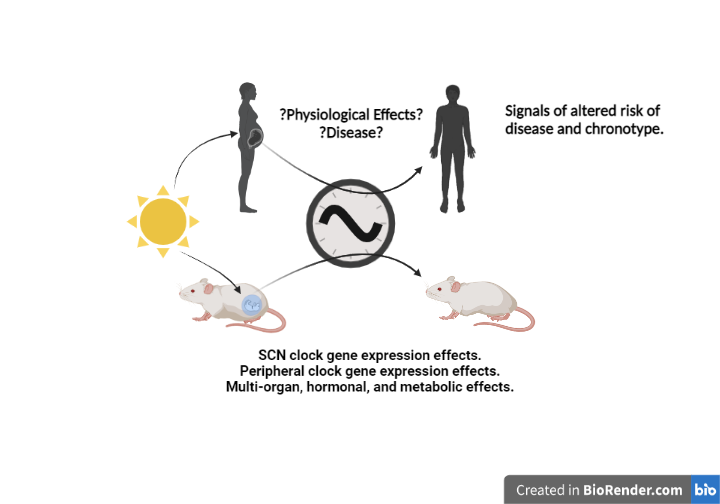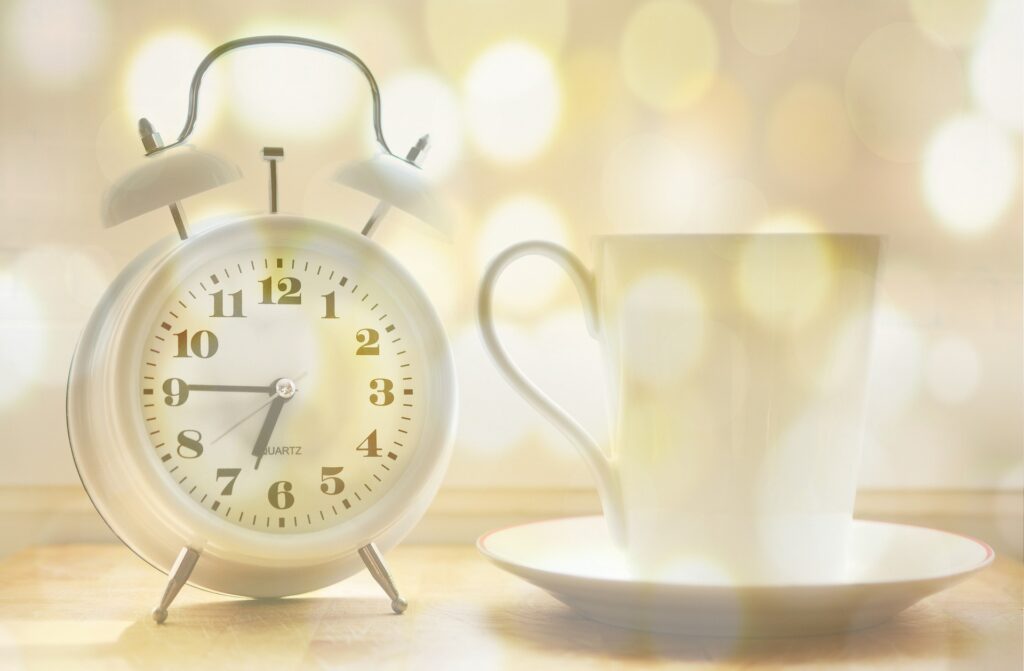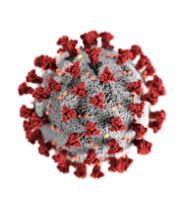Some information may be hidden if viewing on mobile devices. Use a desktop/laptop for full display.
Current Research Projects
Click on one of the following links as a shortcut to the project description:
Perinatal Light & Circadian Biology –
Diurnal Distributions of Lifesytle Exposures –
Daylight Saving Time & Health –
Additional Projects Concerning Circadian Biology –
Covid-19 & Mortality –
Project: Perinatal Light & Circadian Biology (PLCB)
The developmental origins of health and disease (DOHaD) concept posits early life exposures affecting health trajectories and risk of disease in later life. We study this from perspective of circadian biology and light.
For instance, longer or shorter daily photoperiods during development affects later life animal physiology, in particular the circadian timing system, and may affect disease risk (see the graphic on the right side).
We explore potential imprinting of the circadian system epidemiologically in populations born across the globe, at different times of year, and in different decades. We have found associations with cancer, diabetes, mental health, and chronotype (a marker of the circadian timing system).
That associations with a variety of outcomes have been detected lends to the potential circadian biology-based mechanistic hypothesis as circadian clocks and systems co-govern a wide breadth of physiology.

If the imprinting hypothesis is true, simple and non-invasive early life intervention (manipulating light-dark) may be used to boost health resilience in later life.
Light and other factors that affect circadian biology and sleep acutely can be of relevance more immediately to early life health health, such as in neonatal care units. We are interested in determining best circadian timing input, activity, and sleep patterns for neonates in terms of optimising their health.

Project: Diurnal Distributions of Lifesytle Exposures (DDLE)
The physiological response to a stimulus can vary by its timing and its diurnal distribution due to circadian rhythm.
Defining and applying optimum diurnal distributions of food, activity, light, and sleep (pillars of health) may go a long way to increasing health resilience and preventing disease. This may be especially important for populations who face difficulty in practicing more traditional healthy diet and activity behaviours due to agency, free time, and social or health difficulties.
The aim of this project is to better understand the impact of different diurnal distributions of exposures and to leverage findings to increase physical and mental health resilience.
Project: Daylight Saving Time & Health (DST)
Following the results of a citizen survey in 2018 (European Commission, 2018) the European Commission proposed to end biannual clock changes. A slight majority of the survey were in favour of keeping DST all year round (i.e., perennial DST). In the USA in 2022, the Sunshine Protection Act (US Senate, 2019) – which involves the implementation of permanent DST – was approved by the Senate but is yet to be approved by the House of Representatives.
But there is a lot of health controversy and the choice we have to make is being put forward as either keep perennial standard time or perennial DST. The option to keep the biannual transition practice or modify it is hardly discussed.
The aim of this project is thoroughly review the relevant literature concerning DST and health, understand the limitations of various studies, contribute to the pool of knowledge with new studies, and help to facilitate more informed decisions regarding biannual time change practices.

We consider both the acute affects of transitions to and from DST and the impact of living with the different sun time to social time relationships afforded by daylight saving time and standard time at a given time of year. The latter may be considered akin to differences living more east or west in a given time time zone but at the same latitude (i.e., a different sun time to social time relationship.

Project: Additional Projects Concerning Circadian Biology
(1) We collaborate with architectes and other disciplines to assess the effect of architecture and urbanisation on light-dark exposures and circadian biology. Already in the picture (left), the offices/shops/residences closer to the ground floor will receive significantly less daylight than those higher up. To what extent might this affect individuals’ daylight exposures and health? And what can be done about this?
(2) We are interested in how best to assess challenges to the circadian timing system and sleep in long-term observational studies in order to produce interpretable estimates of associations with disease.
Project: Covid-19 (Mortality & Public Health)
The Covid-19 pandemic altered the course of research for many scientists for several years including ourselves.
We provided contributions to occupational and environmental medicine and assessed Covid-19 burden in Germany at different geographical and temporal resolutions throughout 2020 and 2021 in order to understand the burden of the pandemic and to inform public health practices.
Furthermore, the pandemic has altered (and continues to alter) lifestyle, behaviours, and exposures for many, and over a period of many years. It still represents a natural experiment opportunity with much more to be learned.
